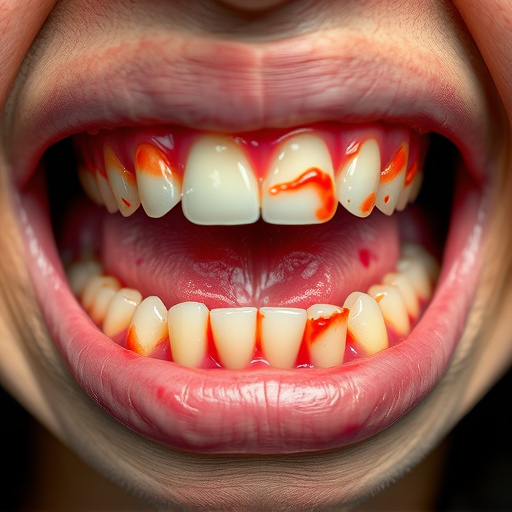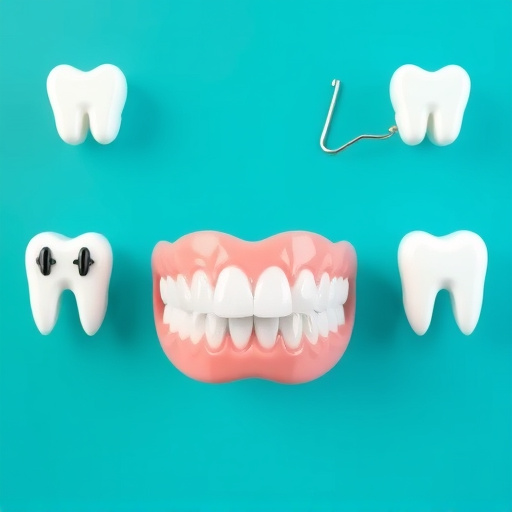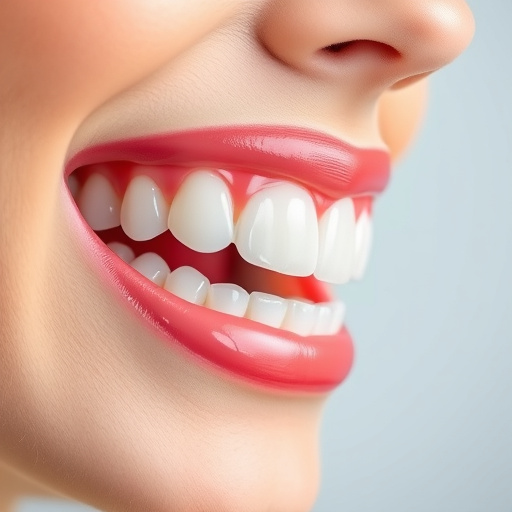Early gingivitis symptoms include bleeding gums and bad breath. Regular dental exams and comprehensive gum health evaluations prevent progression to periodontitis. This evaluation includes visual inspections, X-rays, medical history, and habits like smoking. Optimal gum health supports overall oral wellness through balanced diets, hydration, and timely wisdom tooth removal. Dental emergencies require prompt action for minimal damage and preserved gum health.
Gum health evaluation is crucial in identifying early-stage gum disease, preventing complications, and preserving overall oral wellness. This comprehensive guide explores key aspects of evaluating gum health, including recognizing subtle symptoms often overlooked. We delve into the essential components of a thorough assessment and equip readers with effective prevention strategies to maintain robust gum tissue. By understanding these factors, folks can actively foster optimal gum health.
- Understanding Early Gum Disease Symptoms
- Key Components of a Comprehensive Evaluation
- Effective Prevention Strategies for Gum Health
Understanding Early Gum Disease Symptoms
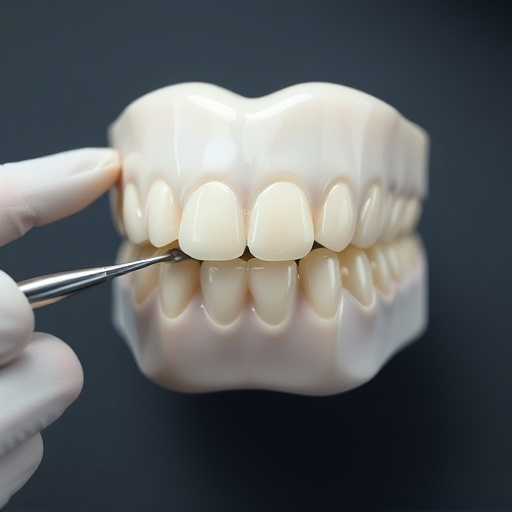
Early stage gum disease, often referred to as gingivitis, can be a subtle yet significant issue. Symptoms may include mild bleeding while brushing or flossing, red, swollen, or tender gums, and bad breath that doesn’t go away with mouthwash. While these signs might seem minor, they are indicators of an underlying problem—inflammation caused by bacterial buildup along the gum line. If left untreated, gingivitis can progress to periodontitis, a more severe form of gum disease that affects not just the gums but also the bones and ligaments that support teeth.
Regular oral exams and a comprehensive gum health evaluation are crucial components of preventive dentistry. A family dentistry practice can identify early signs of gum disease during routine visits, allowing for prompt intervention. This approach is essential in maintaining optimal oral health and averting more extensive dental procedures down the line.
Key Components of a Comprehensive Evaluation
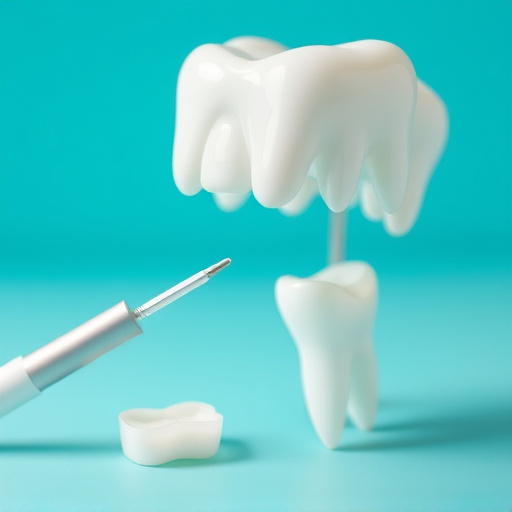
A comprehensive gum health evaluation involves several key components to ensure a thorough understanding of your oral wellness. First, gum health evaluation professionals will conduct a detailed visual inspection of your gums and teeth, checking for any signs of inflammation, bleeding, or tissue damage. This includes assessing the color, texture, and overall appearance of your gums, as well as examining the fit and condition of your dental appliances, such as dentures or braces.
Secondly, diagnostic tools like X-rays play a crucial role in a family dentistry setting, allowing practitioners to identify bone loss, deep pockets, or any abnormalities that may indicate gum disease. Additionally, discussions about recent or ongoing symptoms, medical history, and habits like smoking or chewing tobacco are integral parts of the evaluation process. These factors help dental professionals tailor their approach, whether it’s recommending regular dental cleanings to prevent or manage gingivitis or considering procedures like wisdom tooth removal for patients with advanced periodontitis.
Effective Prevention Strategies for Gum Health
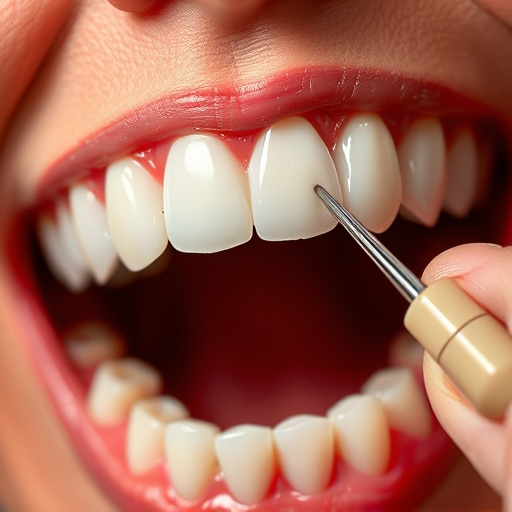
Maintaining optimal gum health is paramount for overall oral wellness. Beyond routine brushing and flossing, several effective prevention strategies can significantly reduce the risk of early-stage gum disease. Regular dental check-ups are crucial in this regard, as they enable dentists to conduct thorough gum health evaluations, detect potential issues early on, and provide appropriate interventions.
Additionally, adopting a balanced diet rich in nutrients like calcium, vitamin D, and omega-3 fatty acids supports strong teeth and gums. Staying hydrated and avoiding tobacco use are equally important. For those with wisdom teeth that may be causing discomfort or at risk of impacting adjacent structures, timely wisdom tooth removal can prevent future oral complications. Moreover, addressing any underlying systemic conditions, such as diabetes, through proper management can also positively impact gum health, as these conditions are often linked to periodontal disease. In case of dental emergencies, prompt action—such as seeking emergency dental care for severe pain or bleeding—can help mitigate damage and preserve gum health.
A thorough gum health evaluation is key to catching early-stage gum disease, allowing for prompt and effective treatment. By understanding common symptoms, utilizing comprehensive assessment tools, and adopting preventive strategies, individuals can maintain optimal gum health. Regular oral care routines, a balanced diet, and regular dental visits are essential components in preserving gum integrity and overall well-being. Through proactive measures, we can ensure our gums support a healthy smile for years to come.









